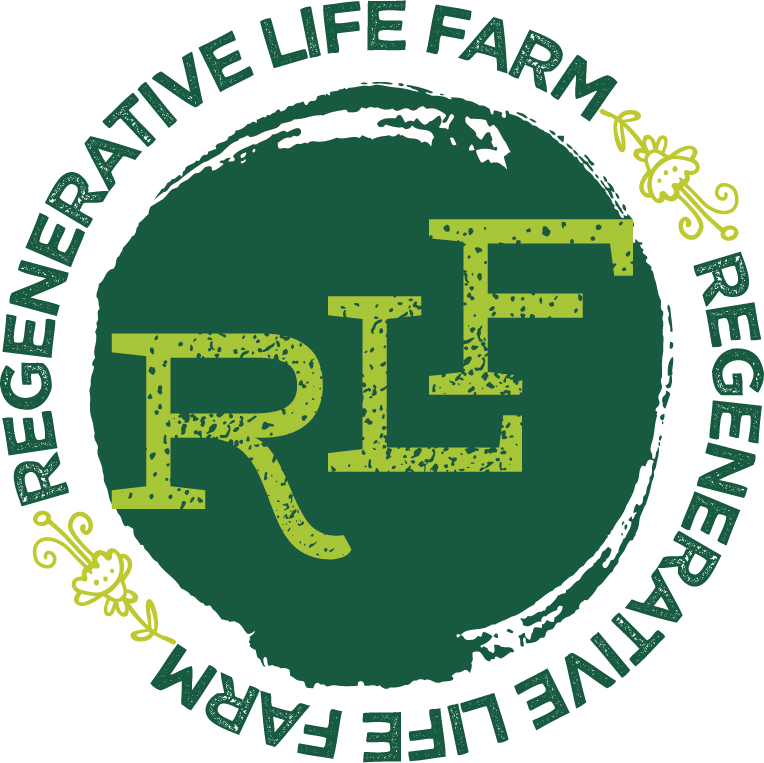Nature Gardens
This appeared in the April 1, 2021 edition of The Fish Wrap
Regenerative Farming is just another name for what nature does constantly. When nature heals herself from a catastrophe like a fire, flood or a glacier passing over, she starts by covering the bare soil with tiny plants. The healing process continues with improving water infiltration, increasing biodiversity, enriching the soil and enhancing the ecosystem. Regenerative farming is a broad, overarching term for using practices that emulate these natural processes as opposed to degenerative practices that do the opposite.
The broad term doesn’t confine a farmer or gardener to a specific set of practices. You just consider whether a practice will build up the ecosystem or degenerate it. All plants improve soil, so one of the main goals is to always have a living root in the soil. Some of the practices commonly used are no-till farming, cover cropping, holistic management, permaculture and silvo pastures.
If you’ve been reading our columns, you know the bottom line with us is always building up the soil. Undisturbed soil leads to improved soil tilth and increased organic matter. This leads to better water infiltration which reduces runoff, waste and erosion. Allowing the soil food web to cycle nutrients in the field reduces the need for synthetic fertilizers and ‘icides (killers).
Regenerative agriculture is the way to work with nature, not against it. Working against nature’s ways is expensive and degrading for our health and hers. Farmers are the ones cutting the checks and applying these degrading synthetic fertilizers and kill-all chemicals, but they are doing it at our bidding. Over the last century society has turned its back on the farmers and nature. We don’t care where our food comes from or how it’s produced, we just want cheap and easy. It takes a mind-set change, but not just of the farmers, it takes all of us.
